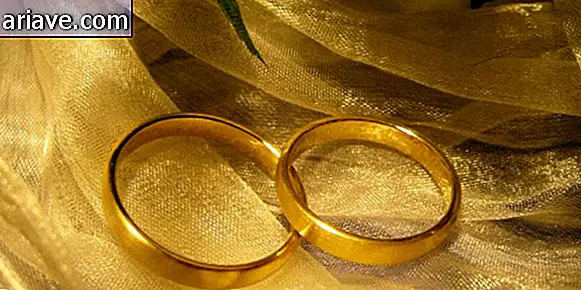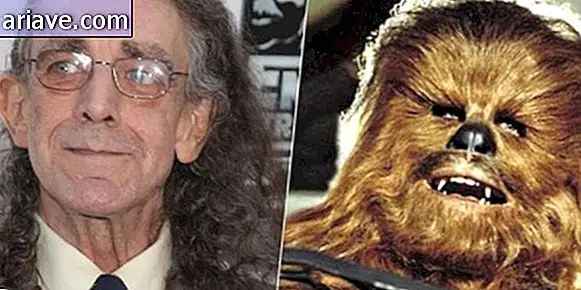How does the Vatican recognize the saints and their miracles?
We recently published here in Mega Curioso a story about some inexplicable phenomena involving religious figures that the Vatican recognizes as miracles. However, how does the Catholic Church decide what a miracle is and how does this process of recognition work?
Of course, miracles are performed by saints, so first the Vatican must recognize the author of divine action. However, according to the Live Science website, the road to “official holiness” is very long and bureaucratic, involving a series of steps and years of deliberation.
Saint Candidate

Briefly, to the Church the saints are people who are in heaven and are able to answer the prayers of the faithful and intercede for them with God. And to determine who is holy or not, miracles come into play, since they serve as proof of holiness.
Thus, the process of recognizing a saint begins with a detailed - and exhaustive - investigation into the life of the “candidate”, and only after proving his virtuosity and having performed at least two miracles after his death does this individual is recognized as a saint. However, as there are thousands of allegations about alleged miracles, these events need to be analyzed very carefully.
Miracle!

The procedure for determining a miracle has centuries of history and involves investigation by a committee of theologians and expert scientists. According to the Church, almost all of the alleged miracles are related to the cure of some serious illness; For recovery to qualify as divine, the patient must first have been deceived by the doctors and then completely healed.
In addition, healing should occur spontaneously and immediately, and no doctor or specialist can find a possible explanation for the phenomenon. What's more, the sick person must have asked for the intercession of a single saint, so that there is no confusion about who performed the miracle!
Tradition

It was not until 1531 that the "proof of miracles" became part of the process of recognition of the Church, and the rules were changed again by Pope John Paul II, which made life easier for candidates and reduced the number of official miracles. from three to two. In contrast, thanks to technological advances in science, more and more divine phenomena were eventually explained, changing the criteria of the decision a little.
So while miracles were still technically necessary to qualify a candidate as a holy officer, they eventually lost their strength a little. Instead, today's "holiness" in life - which served to inspire and help the faithful while the candidate was still with us - has become a major factor in the Vatican's decision.











